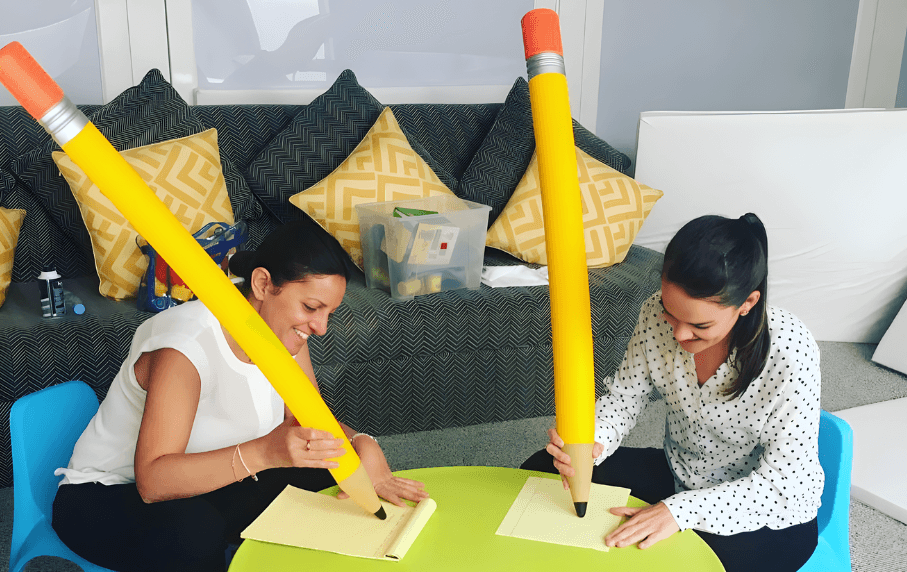
When do you teach your child to communicate?
Hand washing, toileting, mealtime, and naptime are some of the daily activities that occur throughout the day. These routines are predictable and regular and therefore can be utilized for natural teaching opportunities to address communication development and related skills. These routines can become ideal learning activities for young children with ASD and developmental disorders especially when some time is taken to plan for what might be taught during such routines. Routines will look different from country to country and from home to home. I am ending a work visit in Saudi Arabia. One of the little boys I work with has his bath in morning, first thing after he wakes up, before he has breakfast. It may be a different time in the day than his peers in London and NYC, but nonetheless it happens at the same time every day and therefore becomes a great time to teach language and communication skills.
Throughout the day there are endless opportunities that you can create for your child to develop their communication skills. With some planning it is possible to identify situations in which you can slightly modify the way you behave or slightly alter the environment in order to contrive more situations for your child to explore communicating their needs and ideas.
You might find that because you know your child well, that you often interpret their needs and therefore are missing opportunities for communication because you understand what your child wants before they have actually communicated it. But when you stop for a moment and consider is this communication, you may find that you often don’t give your child the chance and extra time they need.
For example, if a child sees the adult pulling their phone out of their bag and immediately runs towards the adult quite often the adult will say, “Oh, you want my phone you want to play the xylophone game”. In this example we have interpreted what the child wants and have given them the item. What has the child done? Have they communicated what they want? Not really, except running towards you and looking at your phone. Stop, observe and give them a chance and you may be pleasantly surprised at what your child will do!